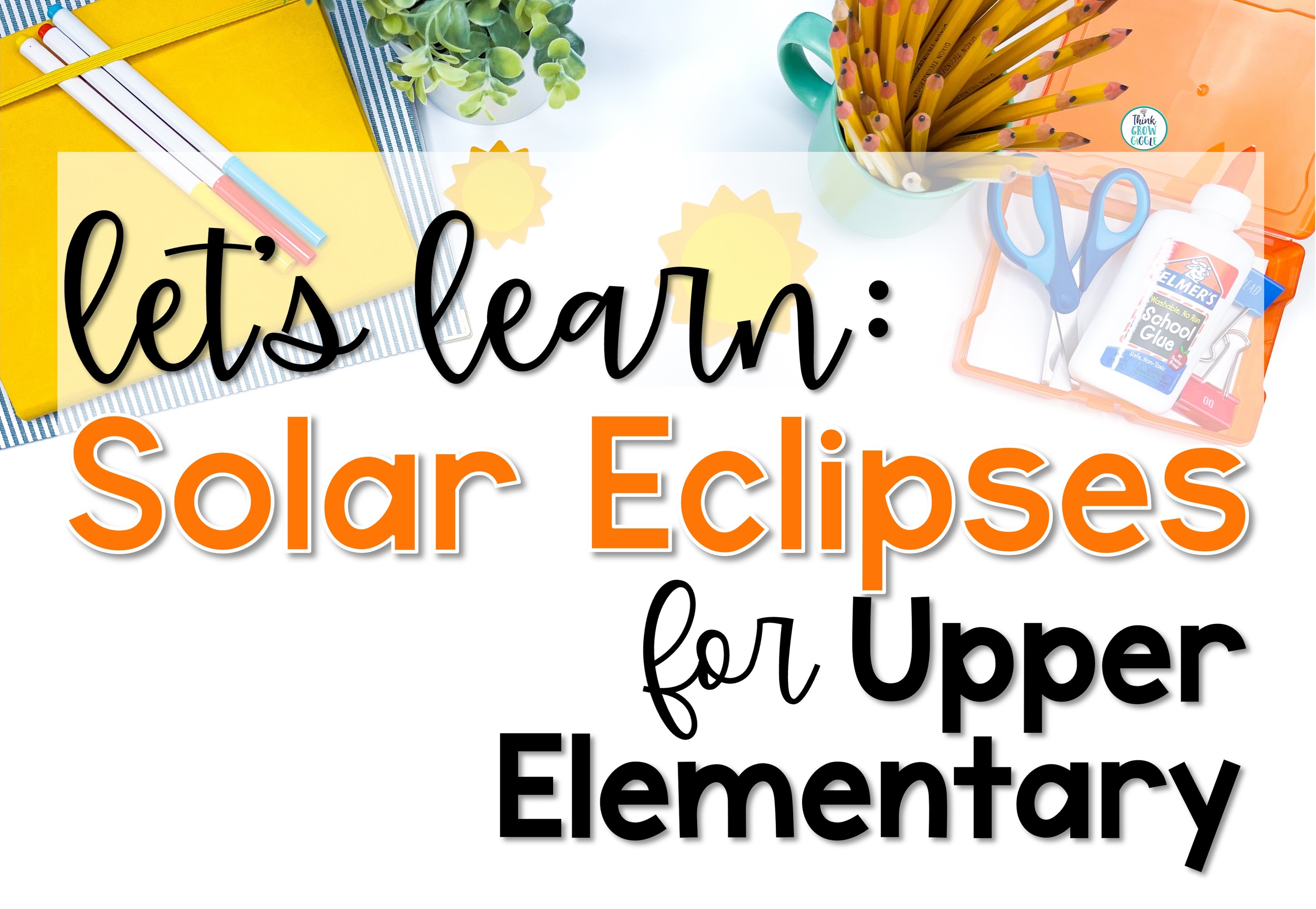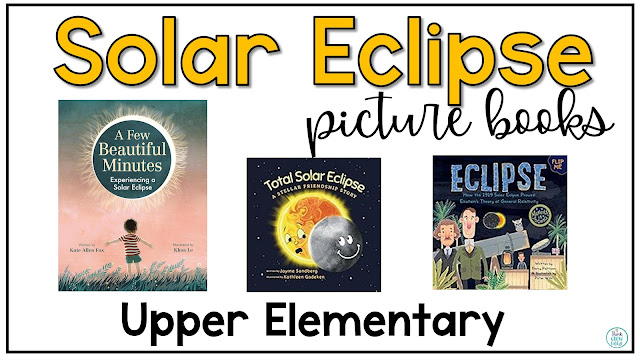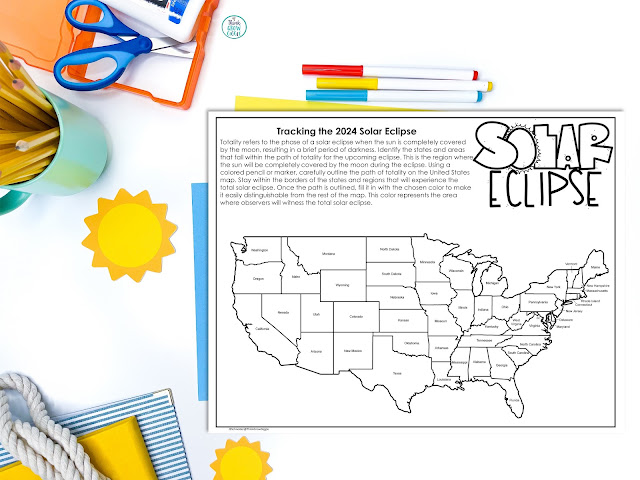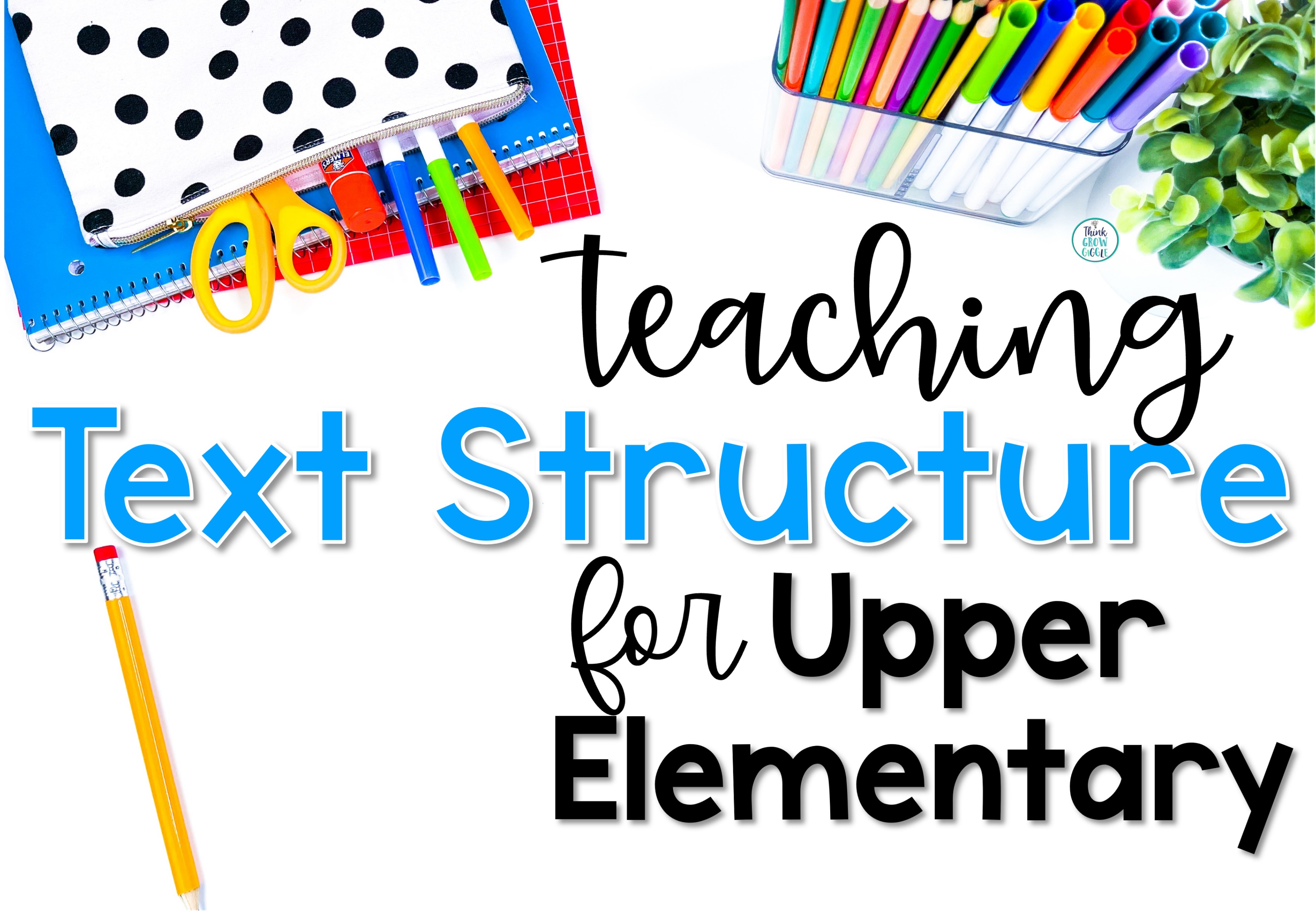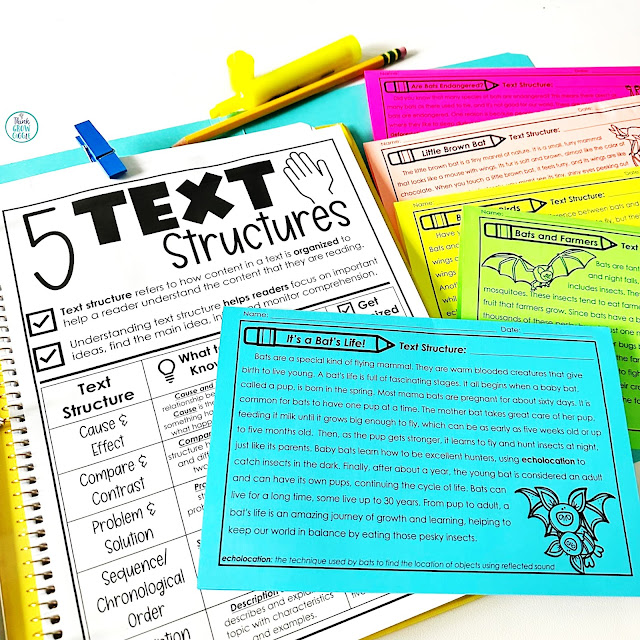As upper elementary teachers, we are always looking for ways to help our students increase their reading comprehension skills, especially when it comes to reading nonfiction informational texts. We can help our students better understand the nonfiction passages and materials they read by helping them understand and differentiate between different text structures.
👉 5 Text Structures Upper Elementary Students Face as Readers:
- cause and effect
- sequence
- description
- compare and contrast
- problem and solution
Text structure refers to how content in a text is organized to help readers understand the content they are reading. Understanding the five different text structures helps readers dive deep into the text to understand important ideas, identify the main idea, infer, and monitor comprehension.
Research tells us that understanding text structure is a guiding force for comprehension and guides students in understanding how the information is laid out, ultimately understanding the purpose of the piece. Teaching students how to differentiate between text structures empowers them with the tools to comprehend, analyze, and communicate the information they are reading effectively. It also helps them identify bias as they read more complex nonfiction texts.
How to teach text structure to upper elementary students...
1. Explain, Teach, and Give Visuals
2. Read a Picture Book to Bring Text Structure to Life
3. Get Into a Routine
Provide students multiple opportunities and exposure to different text structures to help them build their comprehension toolbox for nonfiction texts. One way you can do that is through daily practice. I have created a daily routine that provides students with many opportunities to read a variety of informational topics written in different text structures. It is simple to use and of high interest to students! Plus it goes beyond just practicing text structure, it also provides vocabulary, critical thinking, and written response practice.
By reading and working with all five text structures on the same topic, students can identify the different characteristics of each structure more simply. This format takes a tricky concept and makes it manageable for our students, especially when they are just learning about text structures.
This routine uses the Text Structure Comprehension Foldables. Simply print back to back and fold. Everything you need to teach and practice text structure daily is included.
Take a look at how to use these foldables to teach text structure for upper elementary students!
Try this schedule to add to your morning work routine to provide daily opportunities for your students to engage with different text structures.
If completing these text structure activities each morning is not an option, you can add these Text Structure Foldables to a center, use them during small group instruction, or sprinkle them into any time you have. Since these packs have five different passages in five different text structures, all on the same topic, students can truly differentiate between the different structures.
Get started with teaching text structure with this FREE text structure starter kit!
The more time students spend reflecting on the text structure of nonfiction reading materials, the more they can identify the text structure in their own independent and real-world reading. By understanding the text structure, students are better able to pull out the important information, make inferences, and understand the topic at a deeper level. So why not give this routine a try today!?
You will also love to read:
Quick Tip to Differentiate Summarizing Instruction









